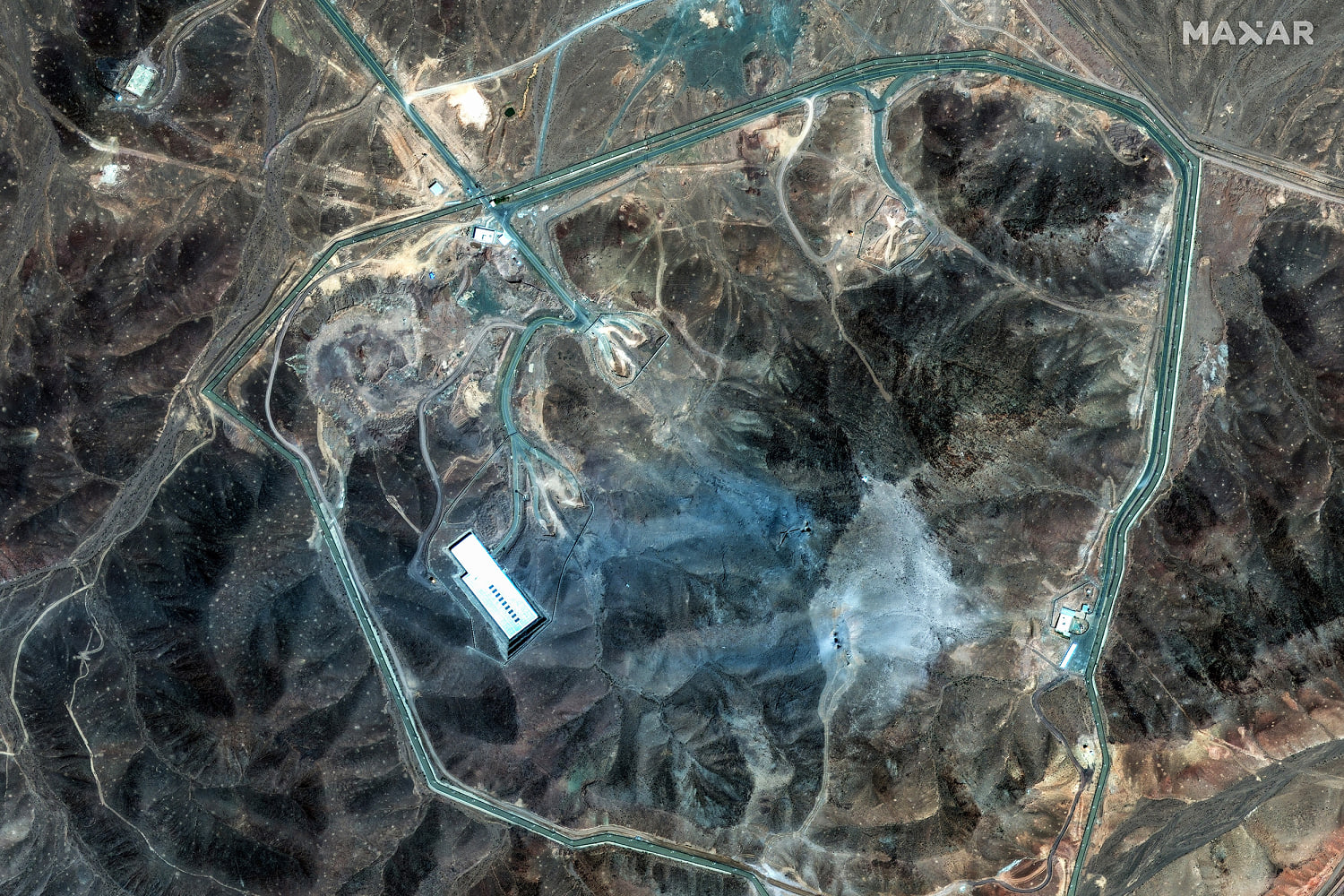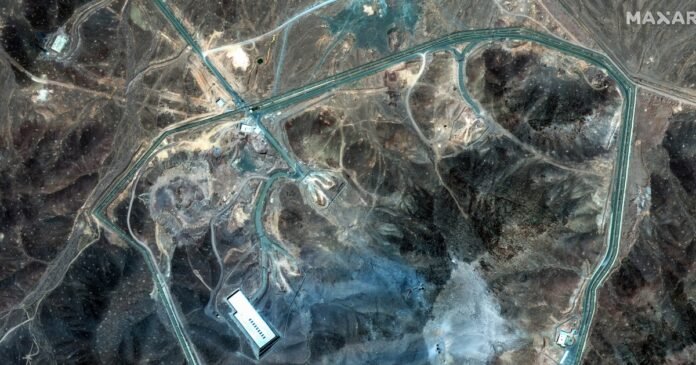
WASHINGTON — An initial assessment by the Defense Intelligence Agency concludes that the U.S. airstrikes conducted over the weekend on Iran’s nuclear enrichment sites were not as effective as President Donald Trump said and only set the country’s nuclear program back by three to six months, according to three people with knowledge of the report.
“We were assuming that the damage was going to be much more significant than this assessment is finding,” said one of the three sources. “This assessment is already finding that these core pieces are still intact. That’s a bad sign for the overall program.”
The assessment’s conclusions were first reported by CNN.
White House press secretary Karoline Leavitt said the reporting on the intelligence assessment was inaccurate.
“This alleged assessment is flat-out wrong and was classified as ‘top secret’ but was still leaked to CNN by an anonymous, low-level loser in the intelligence community,” she said in a statement. “The leaking of this alleged assessment is a clear attempt to demean President Trump, and discredit the brave fighter pilots who conducted a perfectly executed mission to obliterate Iran’s nuclear program.”
She added: “Everyone knows what happens when you drop fourteen 30,000 pound bombs perfectly on their targets: total obliteration.”
Follow along here for live coverage
A White House official said defense officials continue to “analyze the impact” of the bombing targeting Iran’s nuclear facilities.
Trump on Saturday declared the Iranian nuclear program was “completely and totally obliterated” even though the top U.S. military officer on Sunday was less definitive in his view as a so-called battle damage assessment is completed.
“Final battle damage will take some time, but initial battle damage assessments indicate that all three sites sustained extremely severe damage and destruction,” said Chairman of the Joint Chiefs Air Force Gen. Dan Caine, at the Pentagon.
Initial intelligence reporting does not indicate that all of Iran’s stockpile of highly enriched uranium has been destroyed or accounted for, and there are still questions about Iran’s advanced centrifuges that were not located at the nuclear sites bombed by U.S. aircraft, one of the sources said.
Rep. Jim Himes, the top Democrat on the House Intelligence Committee, told MSNBC on Monday that “it will be a good long time before we know, if we ever learn whether we were able to actually destroy the stocks of 60 percent enriched uranium.”
Arms control experts say uranium can be transported relatively easily in canisters.
A senior White House official told NBC News the early assessment “did not rise to the highest levels of leadership at the Department of Defense.” The person said Defense officials continue to” analyze the impact” of the bombings targeting Iran’s nuclear facilities.
Defense Secretary Pete Hegseth also pushed back against the review in a statement, “Based on everything we have seen — and I’ve seen it all — our bombing campaign obliterated Iran’s ability to create nuclear weapons. Our massive bombs hit exactly the right spot at each target—and worked perfectly. The impact of those bombs is buried under a mountain of rubble in Iran; so anyone who says the bombs were not devastating is just trying to undermine the President and the successful mission.”
Israeli Prime Minister Benjamin Netanyahu said in an address to his nation Tuesday that Israel “destroyed the key facilities in Arak, Natanz, and Isfahan” and “obliterated the underground enrichment site in Fordow.”
“We eliminated Iran’s entire nuclear archive,” Netanyahu said. “We have dismantled the Iranian nuclear project. And if anyone in Iran thinks of rebuilding it — we will strike again.”
Since the strikes over the weekend, Democratic lawmakers have been demanding information about the military action unilaterally authorized by Trump and have expressed skepticism that it actually destroyed Iran’s nuclear components.
“There’s zero evidence that I’ve seen that the nuclear program was completely and totally obliterated, as Donald Trump has claimed, no evidence that has been presented to Congress to suggest that that has occurred,” House Minority Leader Hakeem Jeffries, D-N.Y., told reporters Monday.
The director general of the U.N.’s nuclear watchdog, Rafael Mariano Grossi, has said since the strike that craters were visible at the Fordo site, but said no one, including the International Atomic Energy Agency, was in a position to fully assess underground damage at that facility. Grossi confirmed that Natanz and Isfahan were hit, including entrances to tunnels used for the storage of enriched material appear to have been hit.





